From the misty vantage point of my high school daydreams, college was the educational embodiment of a chaise lounge. I pictured myself in a commune of promising young bohemians, wandering softly lit libraries and trading philosophical quandaries as we reclined on green lawns. We’d give voice to our generation and change the world, all without having to wake up before noon.
Following the ambitious resúmé building required for admission to a top university, I figured fellow classmates would share my desire to prioritize self-discovery, forget about grades, and let our intellectual appetites graze. Instead, my induction to the hallowed halls of higher education rivaled Nathan’s Famous Hot Dog Eating Contest: do the most, be the best, try not to throw up.
Through a pyrotechnic combination of internal perfectionism and external expections, I felt rewarded less for free-flowing exploration, more for exceptional talent. White knuckling through Freshman course selection, I hunted for the intro class least likely to induce a mental breakdown and most likely to give me an edge, an identity, a thing.
Gossip and introductions of all kinds hinged on this holy grail of thingness. Is your new crush an acapella star? Top of the masthead at the Yale Daily News? Class pet to a Pulitzer Prize winning professor? Did you hear about the kid who already published a book? Already signed a record deal? Already discovered a new type of dinosaur?
Everyone had a direction, a take, a correctness. I did discuss heady topics with classmates, but the green lawns lay dormant while we chain smoked on third-hand couches, debating with a fierce hunger for validation. Many of my classmates grew up in elite schools where they learned to swim in a pressure cooker from an early age. I was quickly being reduced to sauce. But there was one place where the bomb stopped ticking: the derelict home of Yale’s Sculpture Department.

Hammond Hall looked abandoned from the outside and condemnable from the inside. Much of the interior was hollow, like the ribcage of an enormous whale. The key-card locks didn’t work, partially because the doors were crooked, partially because so many had jimmied the magnetic strips. I heard a rumor several students, long since graduated, still toiled away in the unseen corners of the place. And/or there was a carnival of ghosts in residence.
The architecture felt optional. Individual studio spaces were tenuously carved out of the empty space and stacked up several stories. For her Master’s Thesis, one student kept a flock of pigeons in her studio for a week before releasing them through a large hole she sledgehammered through the exterior wall of the building. Before their release, they shat all over the accumulated evidence of her education.
I didn’t quite take a sledgehammer to the walls, but I did gleefully violate fire code. I laced a few dozen fireplace matches through two parallel metal chains dangling from the rafters. When I presented my piece for critique, my professor asked “So are you going to light it up, or what?” I hemmed: “I, well, I was thinking… I just wasn’t..” He looked around the crumbling gallery space as if to say why the fuck not? I took a lighter from my pocket and the class cheered as the flame hissed up the match heads, like a Looney Tunes TNT fuse.
A blurry, misoriented video of this piece is the only surviving record I have of my work from the Hammond Hall era. I didn’t deem much of my early creative output worth saving or remembering. I posted this video to Facebook in October 2008 more as an experimentation with new technology than anything else. The caption radiates early Internet sincerity: “Match Sculpture Part 2. thanks to nolan's incredible camera phone!!”
On a campus of freshly-ironed pomp, Hammond Hall felt out of place, and so did I. The Hall’s prevailing wind of Fuck You was a welcome reprive to the Best and Brightest eau de toilette I was choking on. I wasn’t alone in my adoration. When they tore the building down to make way for a hock rink,* some mournful grad student snagged several floorboards, cut them into squares, and singed each with a memorial brand. I felt a bolt of inclusion when I was given one: I was a part of something strange and meaningful. My time in Hammond was brief (the demo took place my second semester at Yale) but impactful. Had the building survived, my life might have turned out wildly different.
I limped through another three semesters as an Art Major hoping to refind a sense of belonging, but it just didn’t happen. The Sculpture Department moved into a newly constructed concrete block. In this “state-of-the-art” building, the state of my art was not good. I was assigned a windowless corner of the basement as a studio and an advisor I’d never met who lived in LA. My access was controlled by an invisible administrator who gave me early morning working hours, which conflicted with my concurrent study of alcohol, boys, and the infamous dance club Toads. Most of all, the building clashed with my instinct for the organic and unconventional. Yet again unmoored on campus, I realized there is something worse than stuffy: sterile.
So I traded in my coveralls for pant suits and switched to Political Science because it had the fewest requirements left for me to fulfill. I continued my quest for the creakier parts of campus, where I could brood in well-worn armchairs and sunlit swirls of dust. I found myself another home, of sorts, among the posh politicos I’d once deemed inaccessible (turns out we were all just nerds in the end). After graduating, I followed the thread and spent five years working in politics and its various orbits (journalism, community organizing, logistics), but found that I still missed making art.
I dabbled in having a studio practice on the side (thank you forever to Mark & Ann for letting me play with flammable materials in their barn for a couple years), but by the time 2017 rolled around, I was ready to make art more central to my life again. I’d recently moved back to New York City from Western Mass and decided I wanted to get an MFA. Slight problem: I didn’t have money, and I didn’t know what I wanted to study. I felt equally called to sculpture, multimedia, poetry, and non-fiction.
I did a resource inventory: what did I have at my disposal? I was broke and uncertain, but I lived in a city rich with artists and options. Many professors and artists I admired taught classes in community centers and studios around the city for a fraction of college rates. Taking this off-brand approach, which I termed my DIY MFA, would save money and maximize flexibility. I could study Feminist Poetry and Pop Art Screen Printing, even throw in an Appalachian Clogging class, then follow my nose to the next topic of interest.
To pay the bills, I got a job bartending at my favorite local and started teaching kids about sentence structure. I filled my remaining hours hunting down art classes in industrial wastelands, YMCA basements, and cramped storefronts throughout the tri-borough area. I painted with oil, acrylic, and wax. I swirled ink in shallow tubs, courting the ancient art of Suminagashi. I produced grade-school-esq collages and lifeless still lifes. I took odd jobs with an artist I admired, heaving I-beams and beading borderline-passable welds.
For a time, I rented studio space in Chinatown, shared with several large-canvas painters and two dozen turtles. When I asked about the layers of netting draped across the back alley, I was told there was a colony of bunnies who lived there as well and were being protected from wandering hawks. I never saw prey or predator. The turtles, however, were conspicuous companions, hobbling over each other in the bathroom’s clawfoot tub and making my spine jolt every time they careened into the water.
On other evenings, I dissected meter and metaphor, huddled around a folding table in the cozy after-hours office of an independent press. During the pandemic, those poetry classes moved online, and I sheltered in the internal worlds of fellow writers who lived in Singapore and Canada and a couple blocks away: places equidistant during the flatness of lockdown.
I had moments of elation and breakthrough, punctuated by stomach-lurching self-doubt and shame. No matter how much I tried to banish the standards of my former education, I felt them boxing me in – like an erased line still pocking the page. No matter how many times I told myself it’s ok to not have an elevator pitch, I still yearned for a neat summary of my life.
After a few years, I had a closet full of uncompelling canvasses and a computer littered with drafts that lost more luster with every edit. It was 2021, and I felt I was at a dead end. More searching, fewer answers. How could I call myself an artist if I had nothing to show for it? No exhibit, no book, no degree, no external or internal validation. Was that the problem? Was I just seeking praise? Why was I making art at all?
I did a different type of resource inventory: What did I actually like? What had felt good? My eyes bored a hole in the brick wall opposite my apartment window as I tried to think back on all the things I’d ever made. Did I like any of it? Finally, one lone piece rose to the surface of my swampy memory.
It was a late night in Hammond, mere months before the wrecking balls rolled in. “Got any use for this?” A mecurial grad student heaved a 20 lb block of clay above his head. I found him charismatic and talented and relished this passing ray of his attention. “Sure!” I chirped, aiming for casual and ending up adolescent chicken. He plopped it down in front of me, then lit a cigarette (inside, this place was heaven) as he headed for the door. I was suddenly alone in the belly of the whale, playing with a hefty blob of soft grey, somewhere in the neighborhood fo 2am.
I had no clay tools. I’d never heard words like bisque or cone or slab. I didn’t know what to do, so I just started making a ball. A very big ball. I grin now thinking what my ceramics teachers would say if I presented a 20 lb ball of solid clay for firing. But there were no teachers. There was no consideration of kilns or glaze because I didn’t know what those things were. Yale didn’t have a ceramics department or equipment. So I rolled on.
Eventually, I carved an odd mouth into the side and up through the center. Imagine an abstract Jack O’ Lantern, mouth only, stem cap missing. On the install day for the semester’s final show, I perched my somber pumpkin atop a steel pedestal of metal pipes in a hashtag arrangement (I was mostly working with metal at the time) and, through his crown, poured half a gallon of white wall paint. The paint eloquently gurgled out the mouth onto the pipes and gallery floor underneath.
I asked no one for permission. I didn’t even fetch it at the end of the show, determining my affection for the piece to be less than the effort required to peel paint off the floor. Whoever cleaned it up: apologies, I was 18 and newly intoxicated. I also had no room for a simultaneously fragile and cumbersome piece in my tiny dorm room. After installing the piece, I snapped a grainy photo with my blackberry, BBMed it to my mom, and walked out. I searched the recesses of my image library (and then stared into space for twenty minutes, slack jawed) but even the snapshot is gone.
Something about it, though, has stayed with me. I liked the lines. The softness of the clay against the industrial rust of the steel. The grace of the white paint, pooling. It reflected the best parts of the old building where it was born – haunted and unhinged but also inviting in its rawness. Remembering that piece sparked a thought I’d yet to have over the course of my DIY MFA: Maybe I should take a ceramics class.
I signed up for the next available course at the Educational Alliance Art School. I was familiar with the school: I’d taken screen printing, drawing, and painting classes there – basically everything but the medium I now work in.
My first ceramics teacher, Evan, encouraged his students to keep the first thing we made. I didn’t heed his advice, just as I didn’t keep my art from college, because I didn’t want evidence of my failures. I didn’t believe I would get better. I didn’t trust a future in which I would fondly look back on a crudely formed pinch pot. But I do now.
Time has softened my self criticism. Even looking back on the lowest of the lows – the semesters after Hammond – the scant scraps that remain (mainly photos that other people took of my work and shared with me) are more interesting than expected. Sure, I first remember the worst – the time I hastily glued together uneven scraps of cardboard in an elevator and told the class to imagine the elevator is filled with teeth… ??? But I also made a portable Red Tent (ala Anita Diamant) and photo series on American Legions I’m quite proud of.
But finding my wheelhouse (ha. ha.) is what really allowed me to better accept my past. A happy ending will do that: I look back on my creative struggles as necessary steps in the path to now. It is such a relief to have found a home. My elevator pitch is still a messy mouthful of artist-writer-teacher-mom, but if folks ask for clarification on the first part of my multihyphenate, I can answer, gleefully, “I work with clay!”
I still struggle with the self-motivation of it all. I crave external scaffolding – like a degree program or a Respectable Job – to give shape to my life. If I had more letters before or after my name, I’d feel more legible to the world, but I’d also likely bristle at the simplicity of it (and the debt and the stress). No matter how many times I try to force myself into a more structured path, it just doesn’t seem to stick. I get disillusioned. I get bored. I convince myself there’s a better use of my time and energy.
Maybe the strongest selling point of the DIY MFA… which at this point has the time scale of a DIY PhD… is also its greatest challenge: there is no external structure. I sought out Appalachian Clogging not to fulfill a requirement, but an instinct. Then I learned bluegrass guitar licks on an impulsive trip to Lafayette, Louisiana because, for a time, music was my focus. If I forced each side quest into a degree or career, I likely wouldn’t have embarked on them or looked back as fondly.
I muddled through the muddling and came out in love with, well, mud. But there’s no authority to tell me, “You’ve made it, here’s a piece of paper to prove it.” So have I graduated? Yes and no. I feel one part of the search is over. Clay and I are going strong. I’ve had two solo shows, with more in the works. When I hit creative roadblocks, they don’t feel existential: My frustrations with painting were fatal, but my grumbles with clay pass without permanently damaging the bond. It seems safe to say we’ve survived the honeymoon period and are onto an enriching and lasting partnership.
Who knows how I’ll feel about this medium in another ten years. I might have to DIY MFA all over again. Clay might retrospectively be the step to something I can’t foresee now. But if the first round taught me anything, it’s this: it’s worth documenting the creative process even when… maybe especially when… it seems bleak. Sure, I feel good looking at a nice bowl I made, but I feel healed when I can admire a piece I once hated. Space is limited: out of necessity, the majority of what I make is gifted, sold, or offered to the curb. But I always take a picture, at least, and add it to my mental and digital Gallery of the Gone. Throw some tri-borough pigeon poop on it, and call it a thesis.
P.S. You can see more of my ceramic work on my website and instagram.
*A Google search quickly reveals Hammond Hall was actually torn down to make way for new dorms, but at the time, I was told by my aghast professor a hockey rink was to blame for our impending doom. He was quick to condemn the evil jocks of the Ivy League when the consideration was more likely based on the need for more student housing and fewer structural hazards on campus.

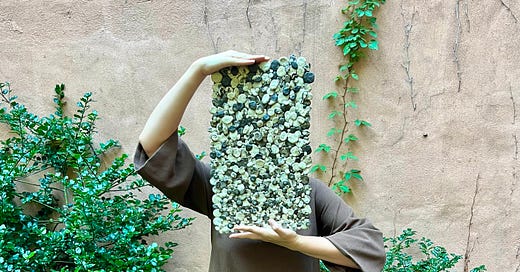



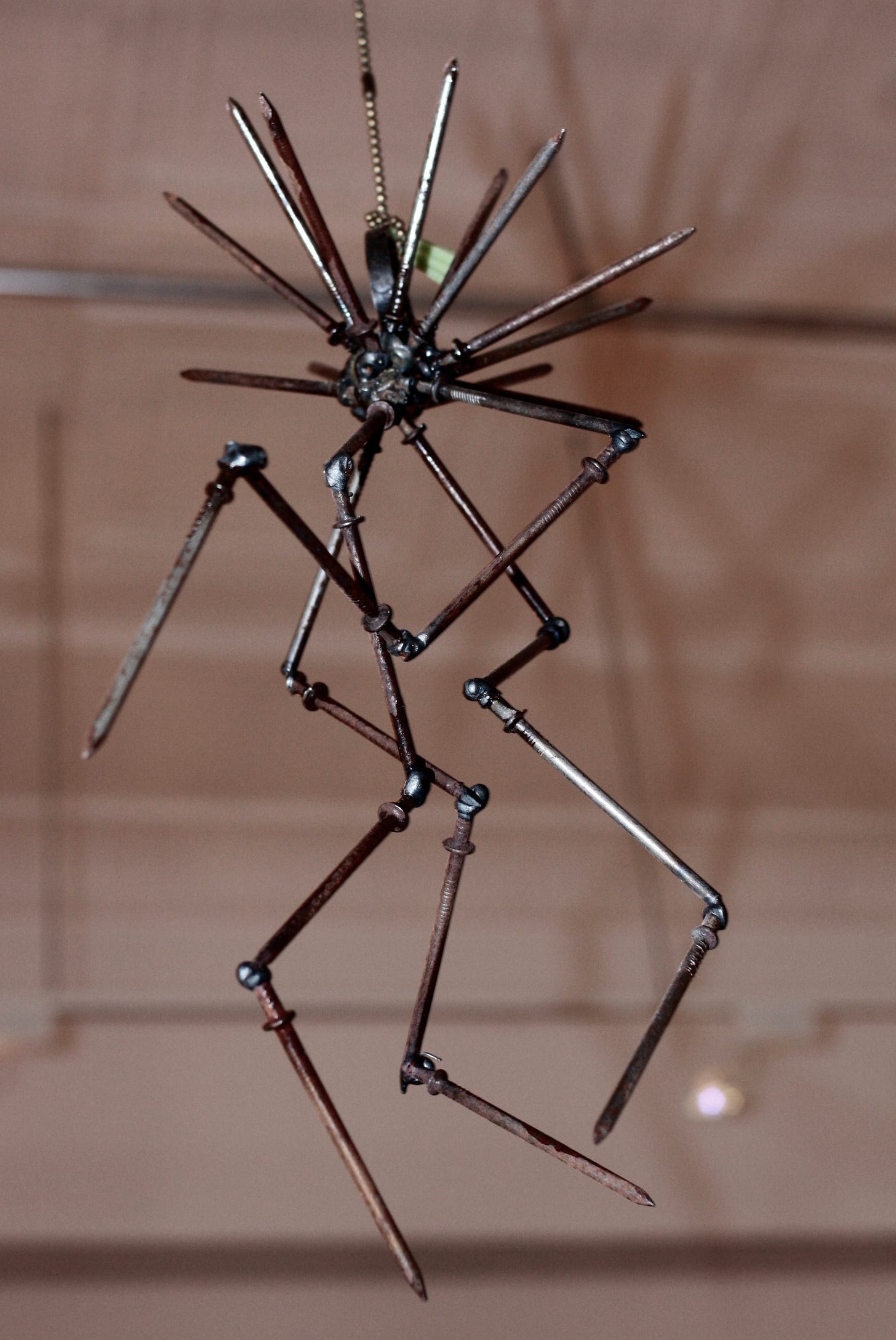
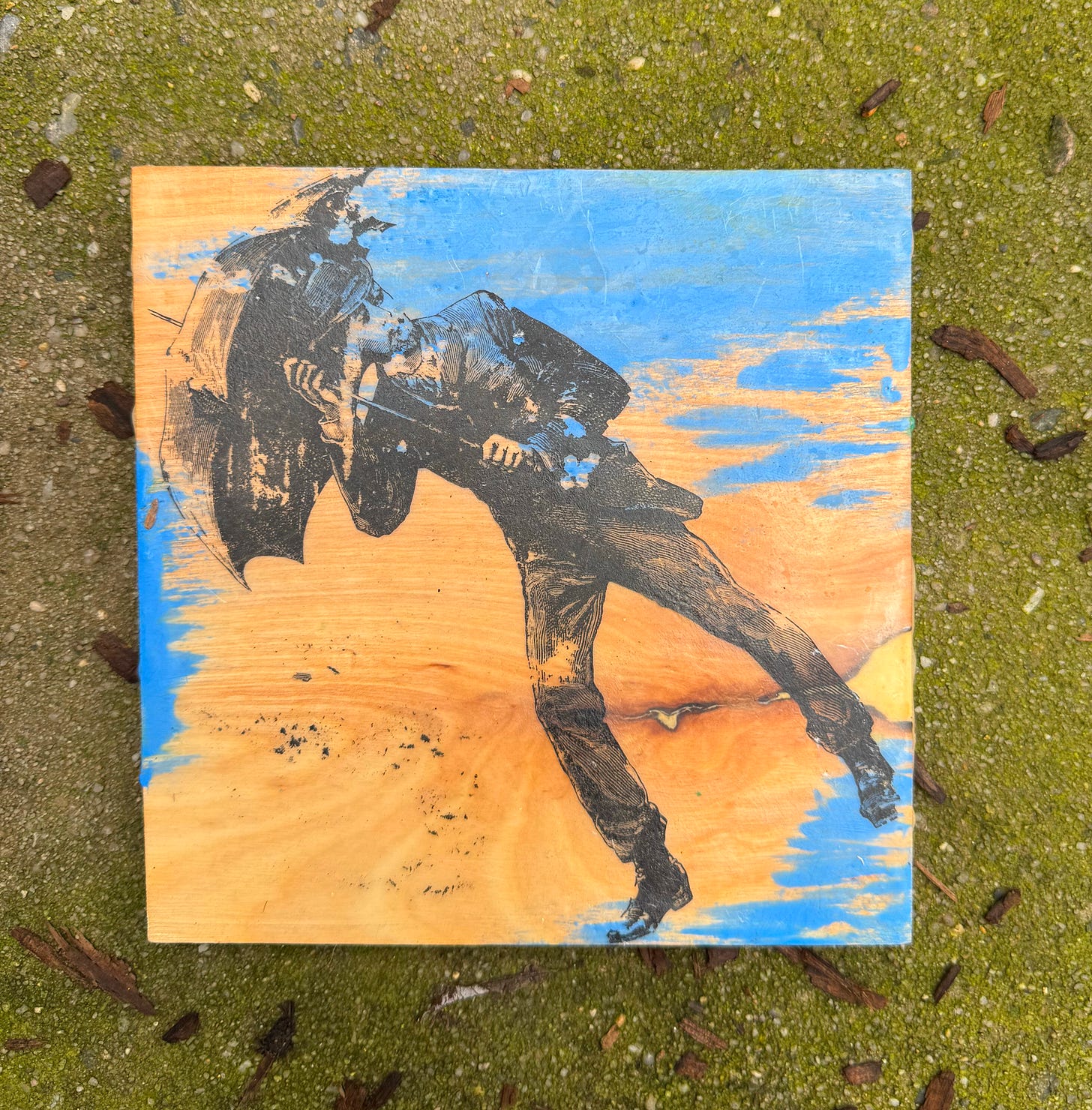
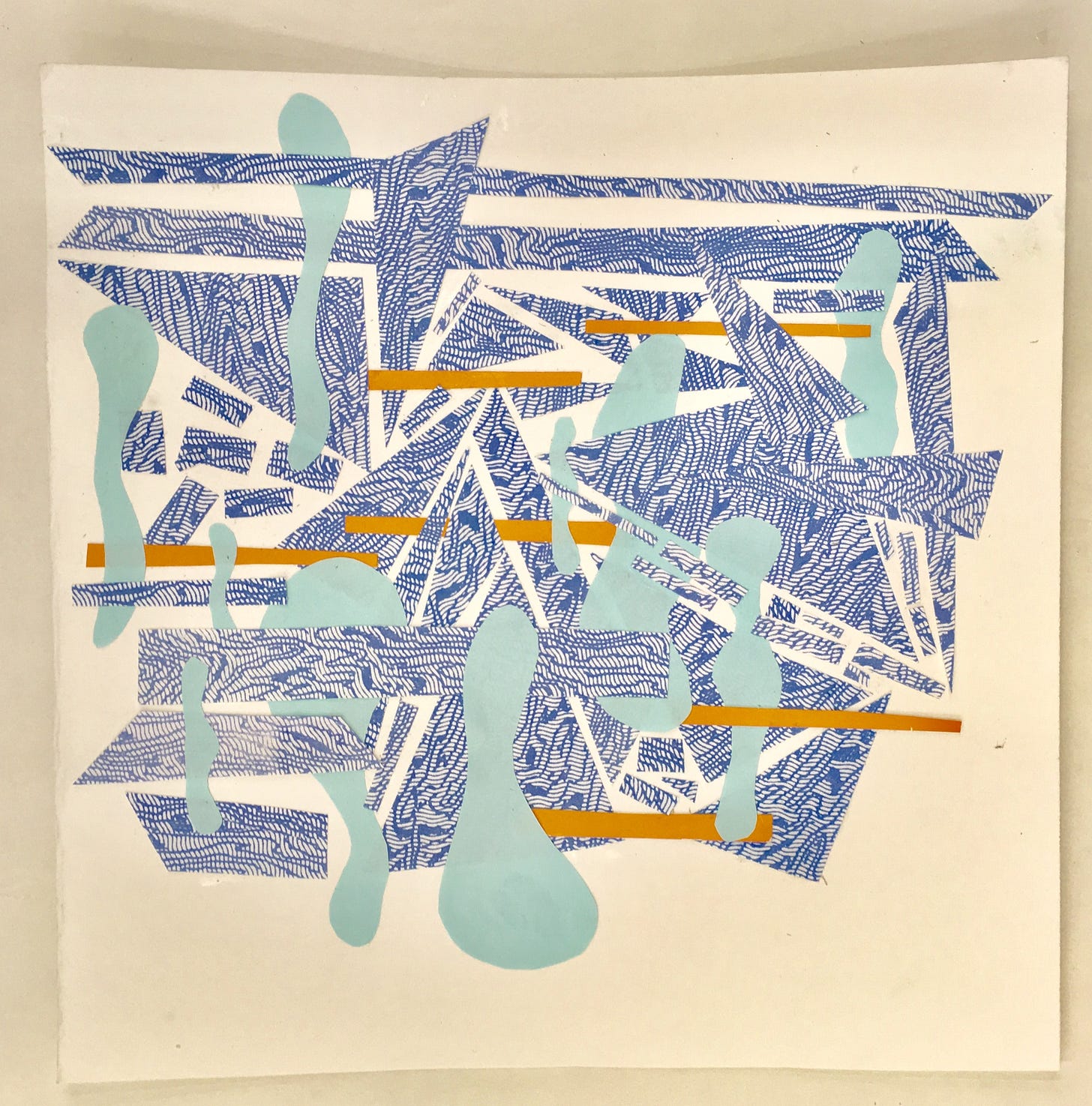

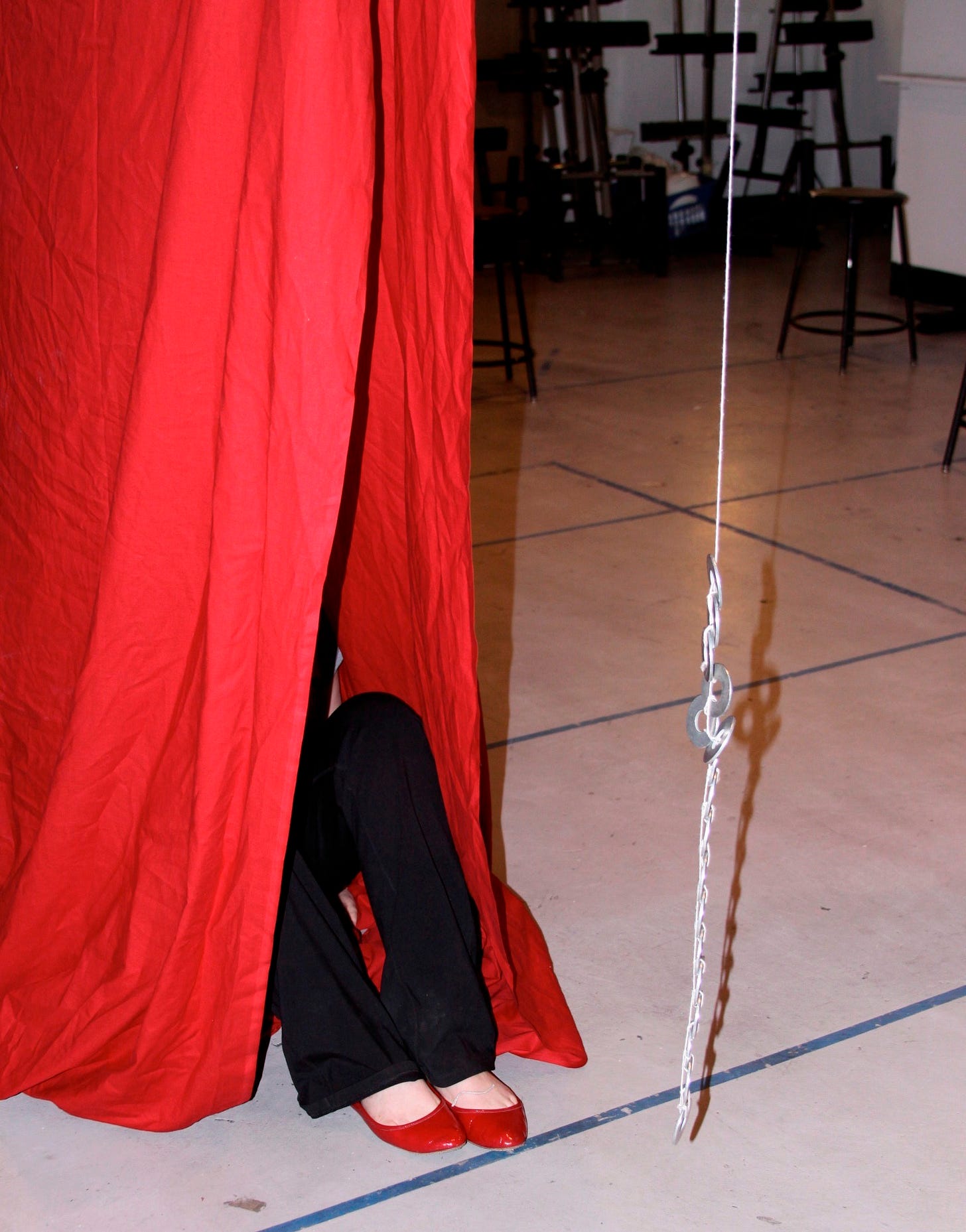
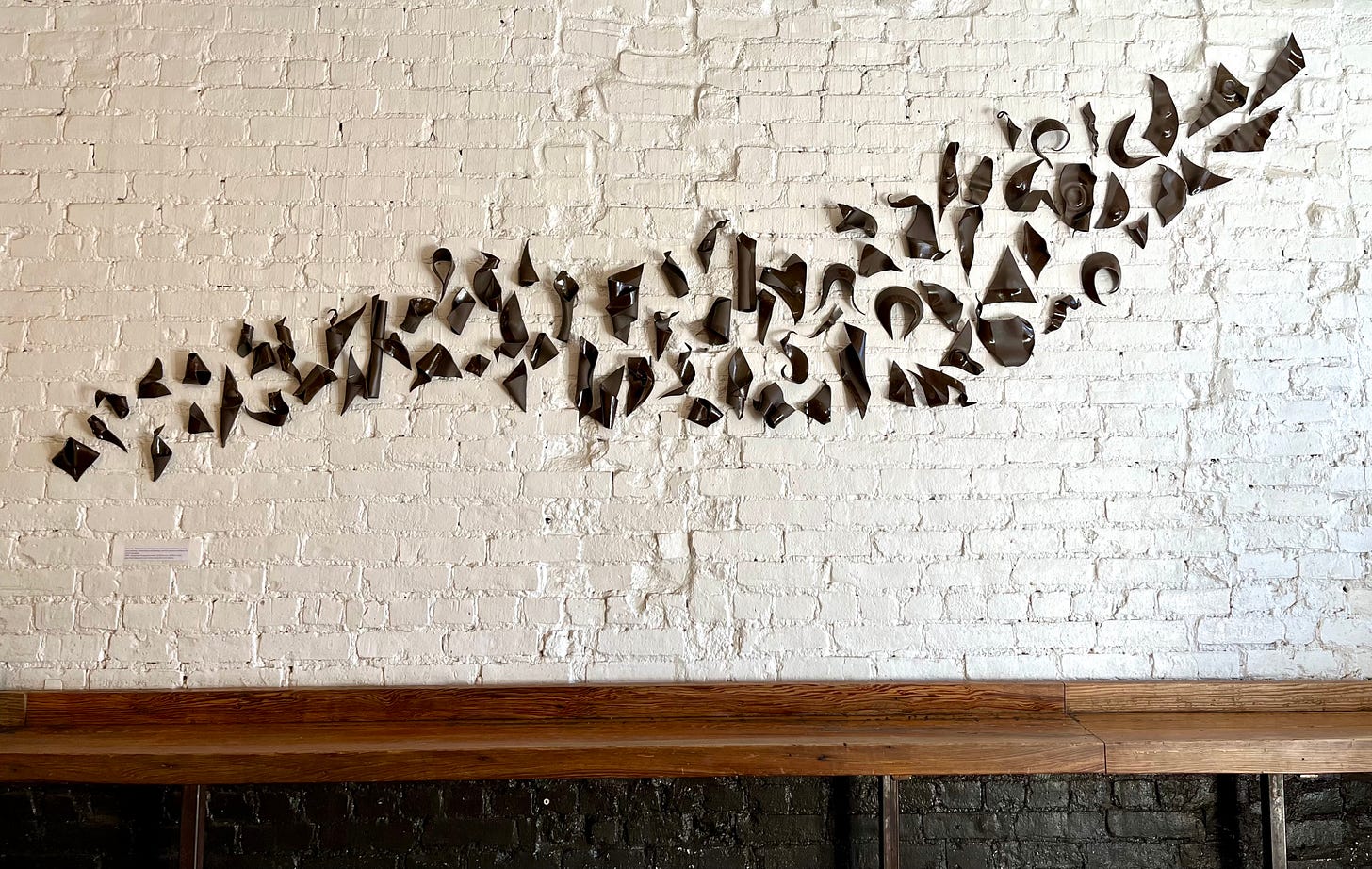
Loved reading this. I relate so much. But I haven't found my thing yet! So you gave me some hope that maybe I am STILL on the path to somewhere and not just wandering around the woods aimlessly.
Very interesting tale of your journey to where you are today. I know there will be more chapters and look forward to seeing where you go next.